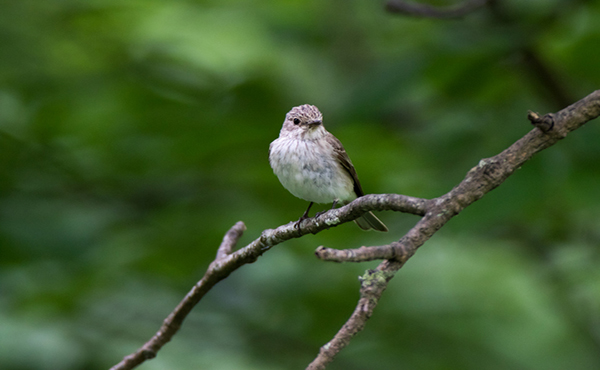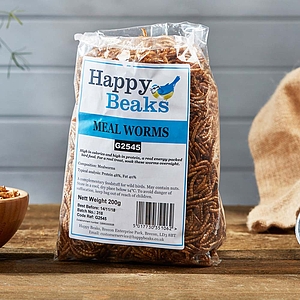
Spotted Flycatcher
Appearing in many areas throughout the country, the Spotted Flycatcher makes its home wherever there are deciduous trees. Arriving in May and departing in September, there are around 70,000 breeding pairs in the UK each summer.
Identification
Identifiable by grey-brown upperparts and off-white underparts that have noticeable streaking on the chest. The Spotted Flycatcher's head also carries markings on the crown.
Feeding
As their name suggests, they have a preference for feeding on flying insects. However, they will make a stop at a garden bird table to snack on mealworms and insect suet pellets.
Breeding
A nest constructed from twigs and grass is built in the spring, where a clutch of 4-5 eggs is laid. Nesting locations vary but are generally built in a sheltered crevice. Chicks will leave the nest at 13-16 days old.
Did you know?
Spotted Flycatchers tend to have a favourite perch from which they will hunt. So if you've seen on looking poised on a tree branch, you're very likely to find it on the same one again!
Often mistaken with...
The Whitethroat is similar in size and appearance however the Spotted Flycatcher's breast and crown markings tell it apart.
Perfect for the Spotted Flycatcher...
5 Options From £7.95
4 Options From £4.95
High Energy Insect Suet Pellets
3 Options From £10.95
Wall Mounted Wooden Bird Table
Just £0.00





